
Have you ever wondered how to achieve that perfect temperature when cooking with a sous vide? Determining the ideal temperature for a specific food can often be a challenge, but fear not! In this article, we will explore the various factors to consider when setting the sous vide temperature for different types of food. Whether you’re cooking a steak, fish, or vegetables, we’ve got you covered with practical tips and guidelines to ensure your sous vide dishes are cooked to perfection every time. So, let’s dive into the world of sous vide cooking and discover the secrets to achieving the ideal temperature for your favorite foods!
Factors to Consider
When it comes to determining the right sous vide temperature for a specific food, there are several factors you need to consider. These factors include the type of ingredient you are cooking, the desired level of doneness, the texture and tenderness you want to achieve, and safety concerns.
Ingredient Type
The type of ingredient you are cooking plays a crucial role in determining the correct sous vide temperature. Different types of food require different cooking temperatures to ensure they are cooked properly and safely. For example, beef, poultry, pork, fish, vegetables, eggs, and fruits all have varying ideal cooking temperatures.
Desired Doneness
The desired level of doneness is another important factor to consider when determining the right sous vide temperature. Whether you prefer your meat rare, medium-rare, medium, medium-well, or well-done, adjusting the cooking temperature accordingly is essential. Each level of doneness requires a specific temperature range to achieve the perfect result.
Texture and Tenderness
Achieving the desired texture and tenderness is another aspect to consider when determining the right sous vide temperature. The cooking temperature can significantly impact the texture of the food. Whether you want a tender, juicy steak or crispy, perfectly cooked vegetables, choosing the appropriate temperature is crucial in achieving the desired outcome.
Safety Concerns
Safety is of utmost importance when cooking any type of food. Sous vide cooking is no exception. Certain safety concerns need to be considered, such as pasteurization and pathogen elimination. Cooking food at the right temperature and for the proper amount of time helps ensure that any harmful bacteria or pathogens are eliminated, making the food safe to consume.
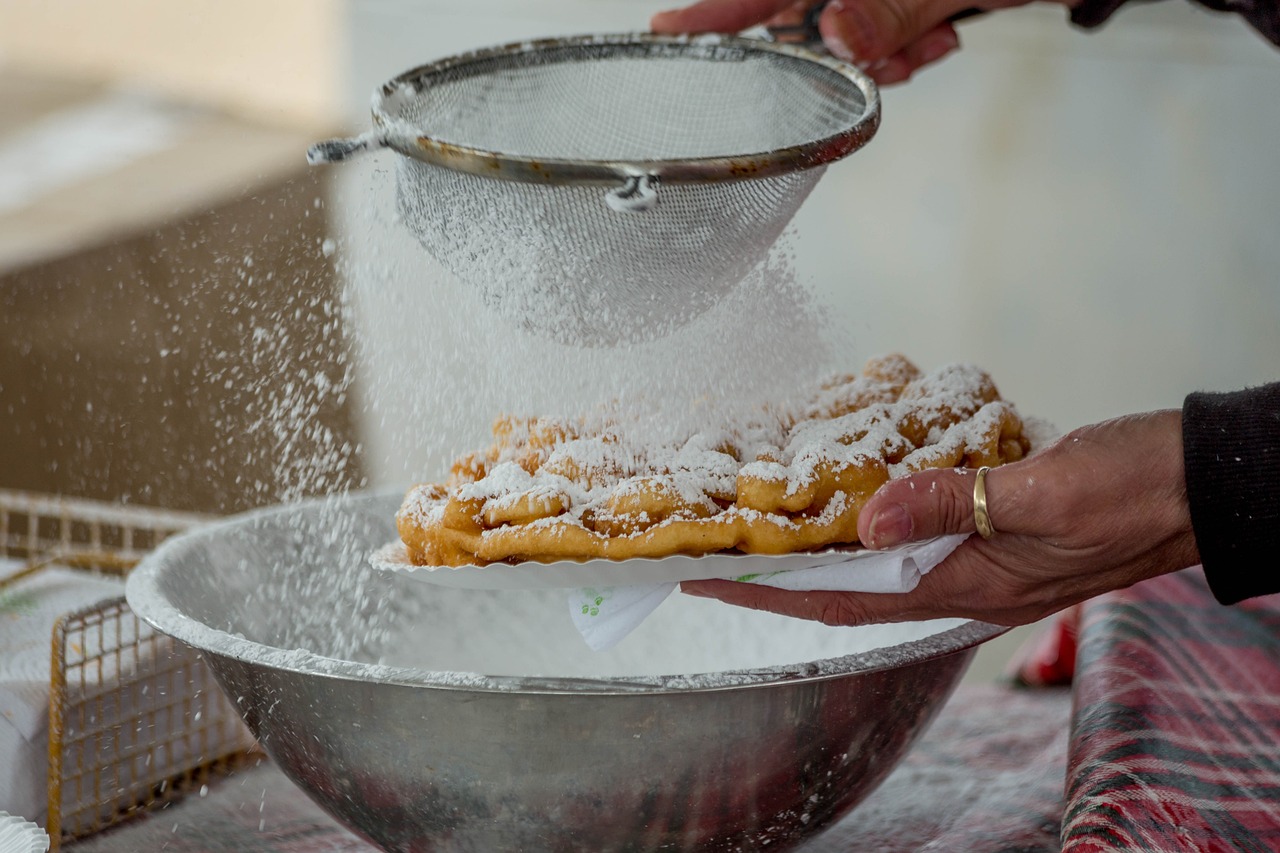
Recommended Temperatures for Different Ingredients
Now that you understand the factors to consider, let’s dive into the recommended temperatures for various ingredients when cooking sous vide.
Beef
For beef, the recommended temperature varies depending on the desired level of doneness. For rare beef, a temperature of 130°F (54°C) is recommended, while medium-rare beef should be cooked at around 135°F (57°C). If you prefer your beef cooked medium, aim for a temperature of 140°F (60°C). For medium-well beef, increase the temperature to 145°F (63°C), and for well-done beef, cook it at 150°F (66°C) or higher.
Poultry
Poultry, such as chicken and turkey, should always be cooked thoroughly to ensure it is safe to eat. The recommended temperature for cooking poultry is 165°F (74°C) to ensure any harmful bacteria are eliminated.
Pork
When cooking pork, the recommended temperature varies based on the type of cut and personal preference. For tender and juicy pork chops, aim for a temperature of 140°F (60°C) to 145°F (63°C). If you prefer your pork well-done, increase the temperature to 160°F (71°C) or higher.
Fish
Fish is delicate and requires precise cooking temperatures to maintain its texture and flavor. The recommended temperature for most fish is between 120°F (49°C) and 140°F (60°C). However, for firm-textured fish like tuna or swordfish, a higher temperature of 140°F (60°C) to 145°F (63°C) is recommended.
Vegetables
Cooking vegetables sous vide allows you to achieve a perfectly tender yet flavorful result. The recommended temperature for most vegetables ranges from 183°F (84°C) to 194°F (90°C). However, certain vegetables, like asparagus or green beans, can be cooked at lower temperatures around 176°F (80°C) to 185°F (85°C) to retain their vibrant color and crunch.
Eggs
Sous vide is also a great technique for cooking eggs to perfection. The recommended temperature for cooking soft-boiled eggs is around 145°F (63°C), while medium-boiled eggs should be cooked at 155°F (68°C). For perfectly cooked hard-boiled eggs, aim for a temperature of 165°F (74°C).
Fruits
While fruits are not commonly cooked sous vide, some recipes call for this technique to enhance flavors or create unique desserts. The recommended temperature for cooking fruits varies based on the specific fruit and desired outcome. Generally, a temperature range between 135°F (57°C) and 165°F (74°C) can be used for cooking fruits sous vide.
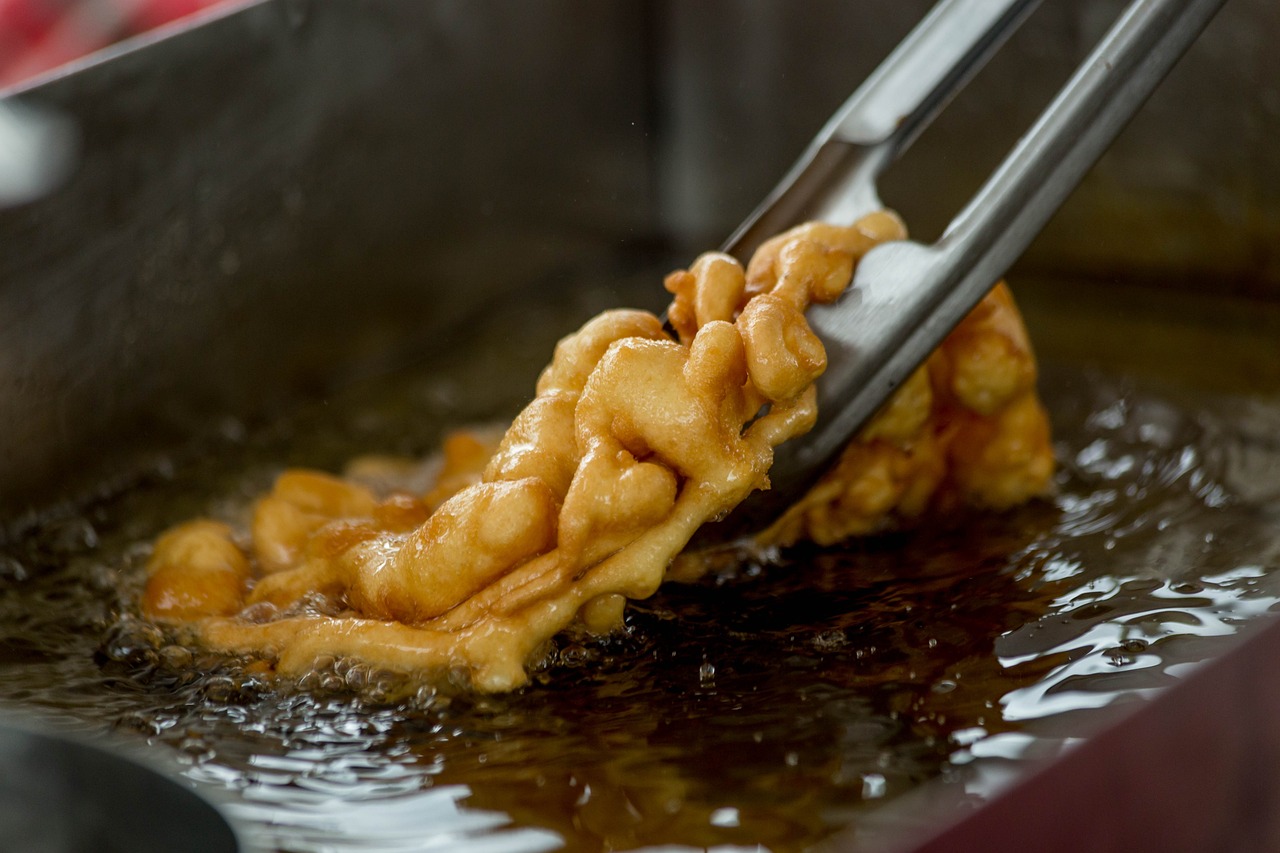
Temperature Adjustments for Doneness
To achieve different levels of doneness, adjustments to the sous vide cooking temperature can be made. Here’s a guide to help you adjust the temperature according to your preferences.
Rare
For a rare level of doneness, decrease the recommended temperature by about 5°F (3°C). This adjustment varies depending on the ingredient, but as a general rule, subtracting 5°F (3°C) from the recommended temperature for your desired doneness should yield a rare result.
Medium-rare
To achieve a medium-rare level of doneness, stick to the recommended temperature for your ingredient.
Medium
For a medium level of doneness, increase the recommended temperature by about 5°F (3°C). Adding 5°F (3°C) to the recommended temperature should result in a medium-cooked dish.
Medium-well
To achieve a medium-well level of doneness, increase the recommended temperature by about 10°F (6°C). Adjusting the temperature by 10°F (6°C) above the recommended temperature should give you a medium-well result.
Well-done
For a well-done level of doneness, increase the recommended temperature by about 15°F (8°C) or more. This adjustment ensures that the food is thoroughly cooked and reaches a well-done state.
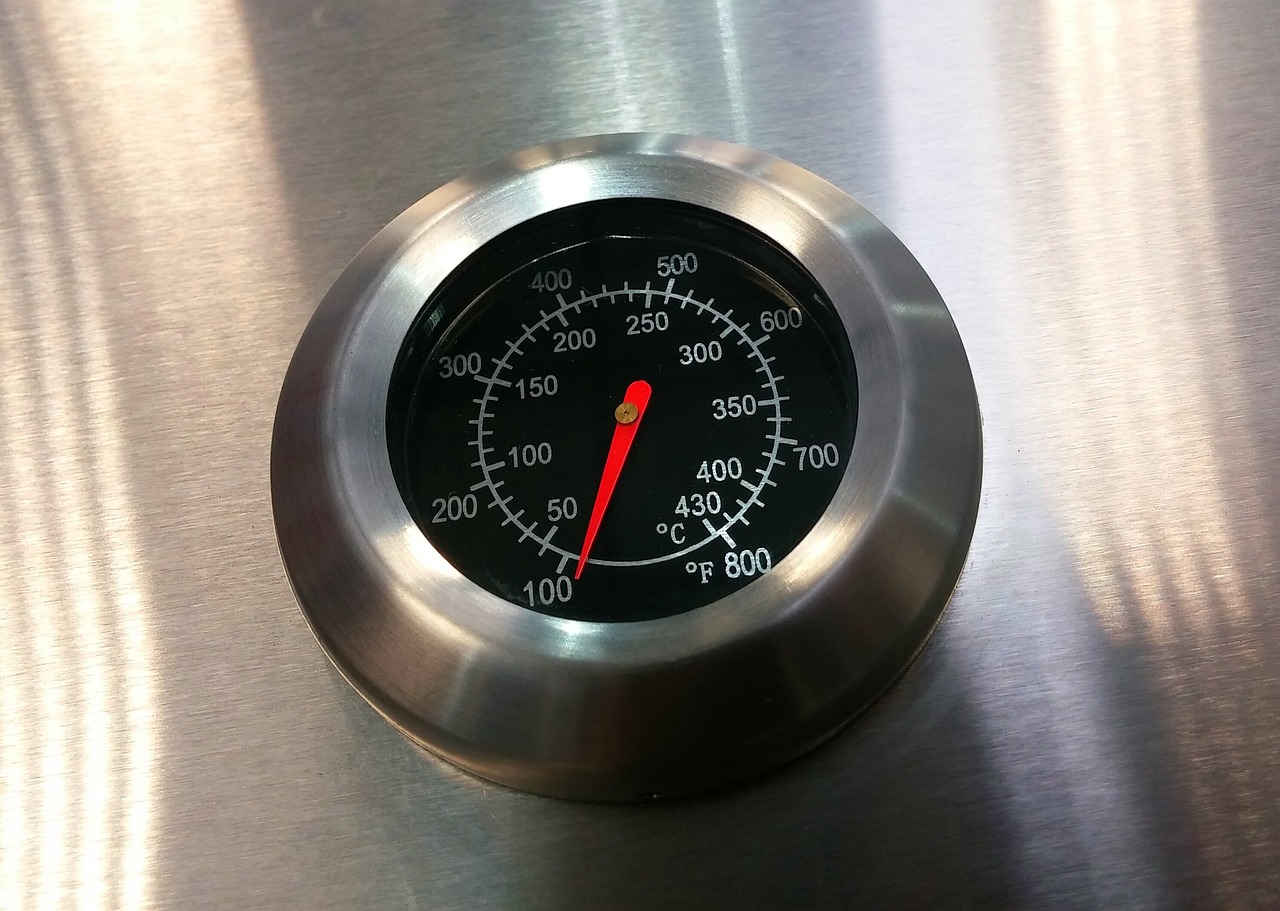
Techniques for Achieving Desired Texture and Tenderness
Aside from adjusting the cooking temperature, there are other techniques you can use to achieve the desired texture and tenderness in your sous vide-cooked food.
Increase Cooking Time
One way to enhance the tenderness of your food is by increasing the cooking time. Longer cooking times allow for a more gradual and thorough cooking process, resulting in a more tender and succulent final product. However, it’s essential to be mindful of the recommended cooking times for each ingredient to avoid overcooking.
Pre-searing
Pre-searing is a technique where you sear the food before placing it in the sous vide bath. This helps to develop a flavorful crust on the outside of the food while retaining the moisture and tenderness inside. Pre-searing can enhance both the texture and taste of your sous vide-cooked dishes.
Marinating
Marinating your ingredients before cooking them sous vide can add an extra dimension of flavor and tenderness to the final dish. Marinades can be made with various herbs, spices, and liquids to infuse the food with delicious flavors. The marinating process, combined with sous vide cooking, ensures that the flavors penetrate the food evenly, resulting in a tasty and tender outcome.
Combinations of Ingredients
Another technique for achieving desired texture and tenderness is to combine different ingredients in the sous vide bag. For example, adding fatty ingredients like butter or oil to lean cuts of meat can enhance their tenderness and juiciness. Additionally, pairing certain vegetables or fruits with complementary flavors can create a harmonious combination of textures and tastes.
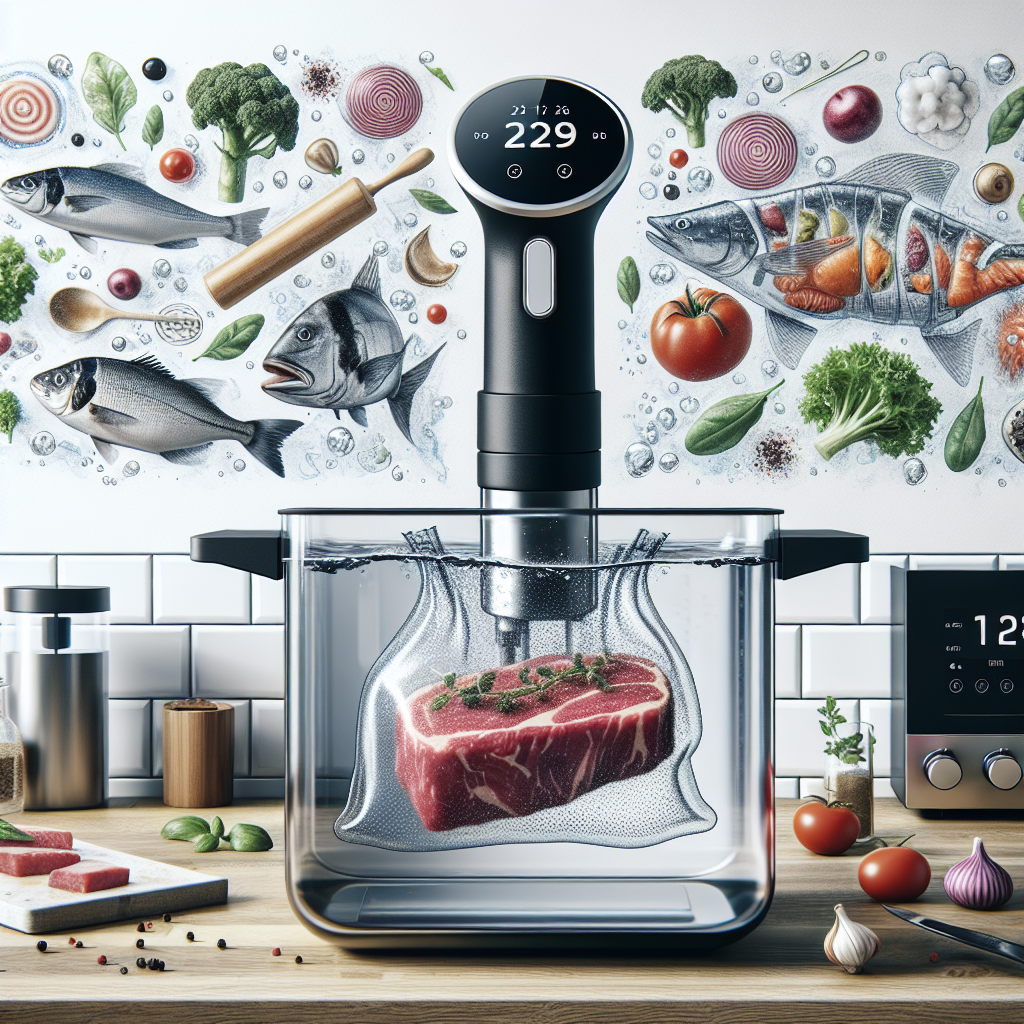
Safety Considerations
Safety should always be a top priority when cooking sous vide to prevent foodborne illnesses. Here are two crucial safety considerations to keep in mind.
Pasteurization
Pasteurization is essential to ensure that any harmful bacteria or pathogens present in the food are eliminated. To pasteurize food cooked sous vide, it must be cooked at a specific temperature for a specific amount of time. The recommended temperatures and cooking times for pasteurization depend on the type of ingredient and desired level of doneness. Following these guidelines will help ensure your food is safe to eat.
Pathogen Elimination
Cooking food at the proper temperature for the recommended duration helps eliminate any pathogens that may be present. Pathogens can pose a risk to your health, so it’s crucial to cook your food to the recommended temperature to ensure they are destroyed. Investing in a reliable sous vide immersion circulator with temperature control capabilities will help you maintain the correct temperature and eliminate any potential pathogens.
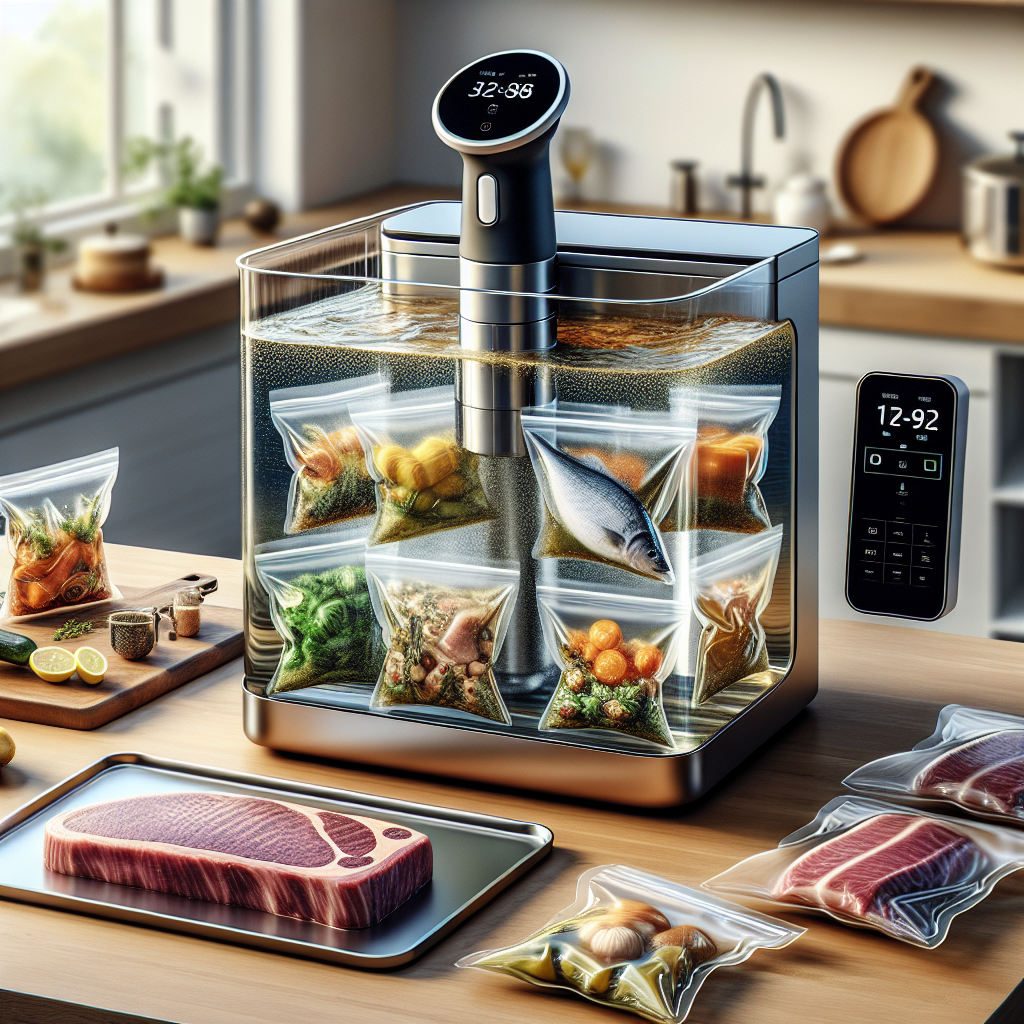
Experimentation and Personal Preferences
Sous vide cooking allows for experimentation and the development of personal preferences. As you gain more experience and confidence in sous vide techniques, you can explore different cooking times, temperatures, and ingredients to create unique and delicious dishes.
Trial and Error
Experimenting with different recipes and techniques is part of the fun of sous vide cooking. What works for one dish may not work for another, so don’t be afraid to try new things and learn from your results. By embracing the trial and error process, you’ll be able to refine your sous vide skills and discover your personal preferences when it comes to temperature, texture, and tenderness.
Developing Personal Preferences
Over time, you’ll develop personal preferences for the level of doneness, texture, and tenderness of your sous vide-cooked food. These preferences may differ from conventional cooking methods, and that’s the beauty of sous vide. Whether you prefer a perfectly medium-rare steak or a tender-crisp vegetable medley, sous vide cooking allows you to customize your culinary experience based on your unique taste and preferences.
In conclusion, determining the right sous vide temperature for a specific food involves considering factors such as the ingredient type, desired doneness, texture and tenderness preferences, and safety concerns. Following recommended temperature guidelines for various ingredients, making temperature adjustments for different levels of doneness, and utilizing techniques like pre-searing and marinating can help achieve the desired results. Safety considerations, such as pasteurization and pathogen elimination, are crucial for ensuring that sous vide-cooked food is safe to consume. Through experimentation and the development of personal preferences, sous vide cooking offers a world of culinary possibilities that allow you to create delicious meals tailored to your unique taste.



